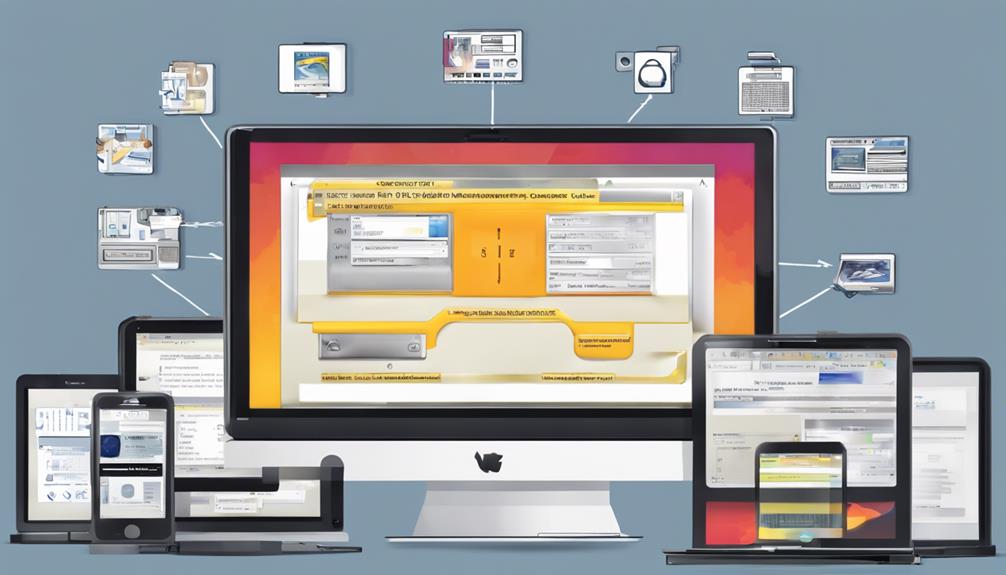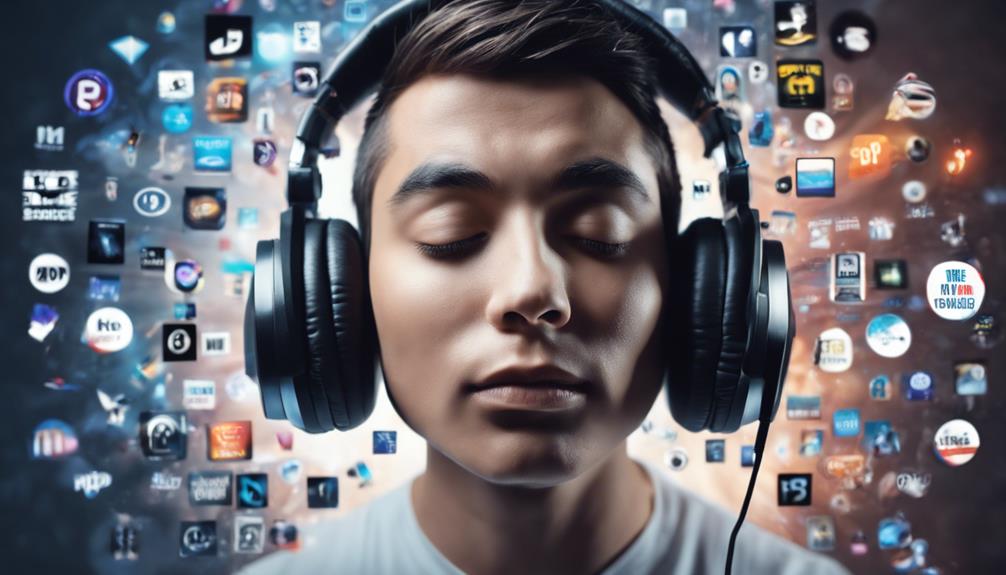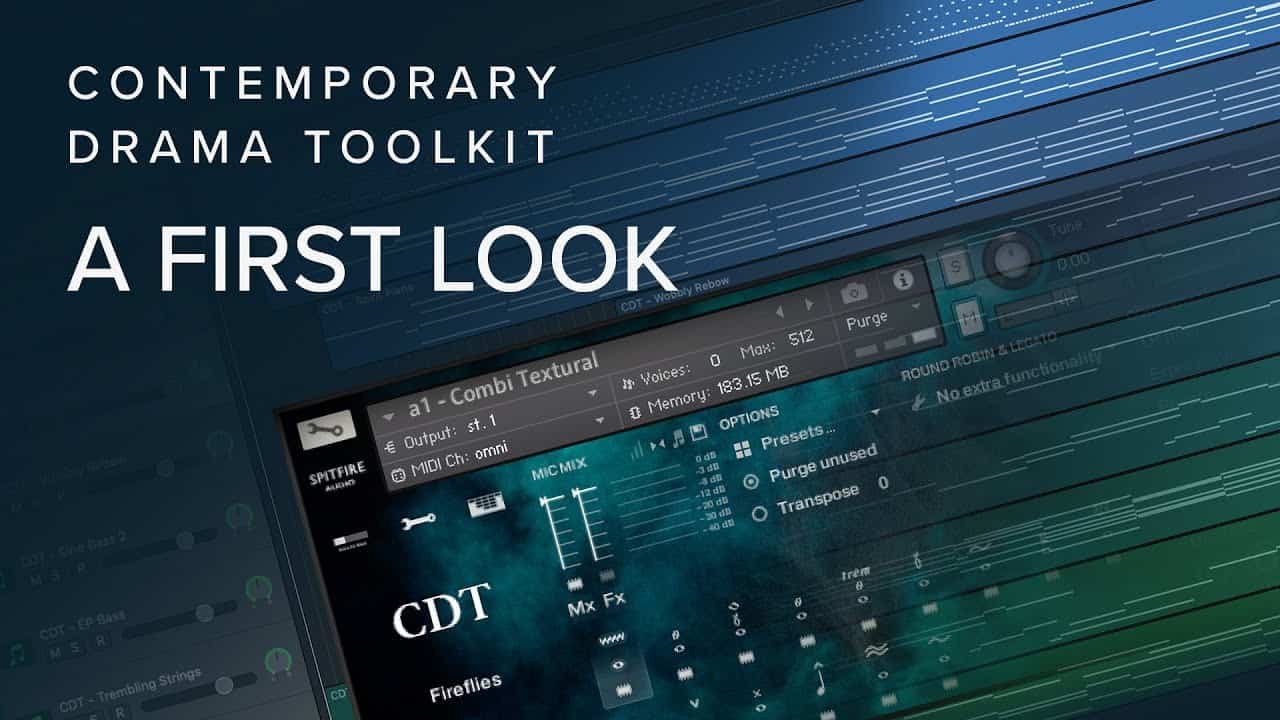Converting NCM to MP3 is straightforward. First, locate the NCM file using NetEase Cloud Music. Then, choose a conversion tool like NCMDump for 320kbps MP3. Select MP3 for smaller files and easy sharing. Initiate conversion, monitor progress, and adjust preferences. Save MP3 in a dedicated folder to manage storage efficiently. Consider bitrate for sound quality. Use NCMDump for seamless conversion with metadata. NCMDump supports bulk conversion with enhanced metadata. For a graphical interface, opt for NCMDump-GUI. Online tools offer user-friendly conversions but be cautious with multiple uploads. Optimize quality effortlessly. Keep improving your conversion skills for better results.
Key Takeaways
- Locate NCM files in music folder.
- Choose reliable MP3 conversion tool.
- Opt for MP3 format for compatibility.
- Initiate conversion process with selected tool.
- Save converted MP3 files in organized folder.
Locate NCM File on Device
To locate NCM files on your device, navigate to the specific folder where the NetEase Cloud Music app stores offline music. These files are securely encrypted and accessible only through the NetEase Cloud Music app, denoted by the .ncm file extension. Once in the offline music section of the app, you can identify the NCM files you wish to convert to MP3 format. Remember, before starting the conversion process, make sure you have the necessary permissions to access these files.
NetEase Cloud Music provides a unique way to enjoy music offline, but converting NCM files to MP3 allows for greater flexibility in playback across various devices and platforms. By locating the NCM files on your device, you take the first step towards unleashing their full potential. Understanding the storage location of these files enables you to manage your music library efficiently and tailor your listening experience to suit your preferences. Stay tuned for the next step in our guide, where we explore selecting the right MP3 conversion tool for a seamless shift.
Choose MP3 Conversion Tool
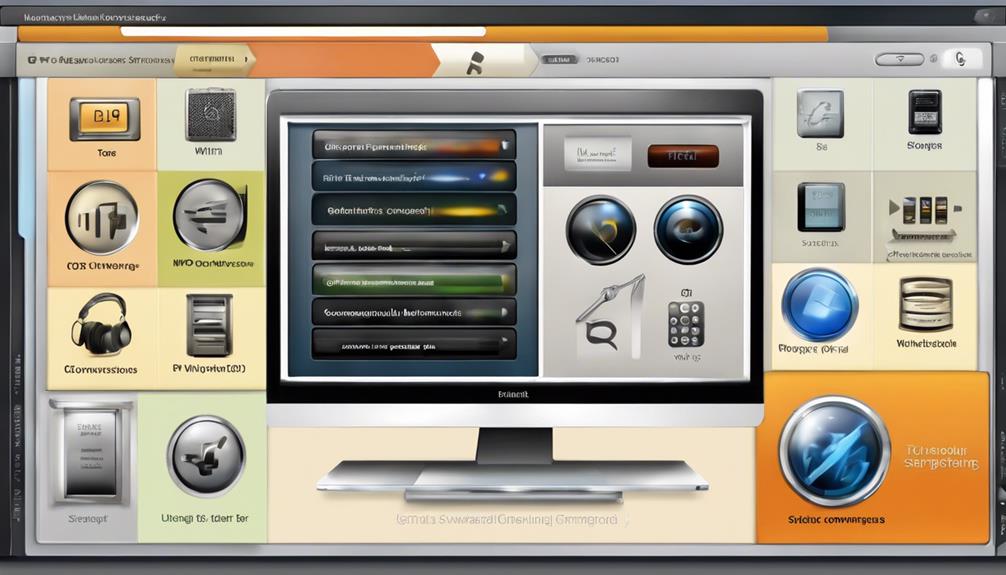
We recommend selecting a reliable desktop tool for converting NCM files to MP3 efficiently and maintaining metadata integrity. When choosing an MP3 conversion tool, consider the following:
- Look for tools like NCMDump and NCMDump-GUI, known for their popularity in converting NCM to MP3 seamlessly.
- Verify that the tool can preserve essential metadata such as title, artist, and album information during the conversion process.
- Opt for tools like NCMDump-GUI, which automatically convert NCM files to 320kbps MP3, providing high-quality audio output.
- Prioritize user-friendly interfaces offered by desktop tools, as they make the NCM to MP3 conversion process straightforward and accessible.
Select MP3 as Output Format
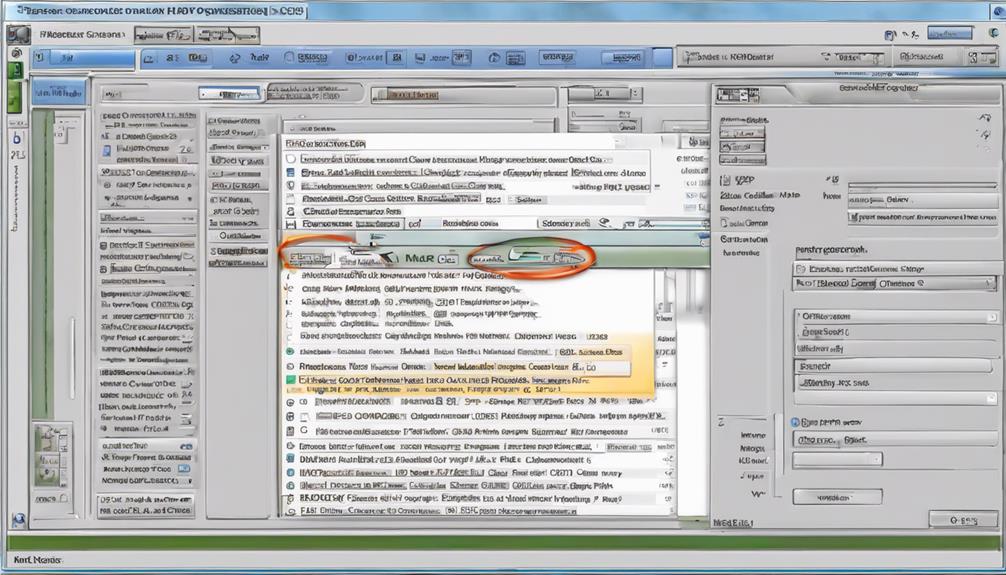
When converting NCM to MP3, it's important to select MP3 as the output format for compatibility.
Choosing MP3 guarantees easy sharing and playback on various devices.
Set the output to MP3 for smaller file sizes and seamless music transfer.
Choose MP3 Format
Upon selecting the MP3 format as the output, users guarantee seamless compatibility across a variety of devices and platforms. When choosing MP3 format, consider the following benefits:
- Easy sharing and transferability of the converted file
- Widely recognized and supported across different platforms and software
- Reduces the need for specific music apps to play the audio file
- Helps in conserving device storage space while maintaining audio quality
Set Output to MP3
To convert NCM files to MP3, simply select MP3 as the output format in the conversion settings. MP3 is a widely used audio format known for its compatibility across various devices, making it ideal for sharing and transferring music files seamlessly.
By opting for MP3 as the output format, you guarantee that your music can be played without the need for specific apps, offering flexibility and convenience. Converting NCM files to MP3 not only helps save storage space on your device but also maintains quality.
MP3 files are versatile and can be played on a wide range of devices, making them a practical choice for those looking to enjoy their music on different platforms effortlessly.
Opt for MP3
Consider selecting MP3 as the output format when converting NCM files to guarantee smooth compatibility across various devices.
- MP3 is a widely compatible audio format for playing music on various devices.
- Selecting MP3 as the output format guarantees easy sharing and transferring of converted files.
- MP3 files don't require specific music apps for playback, offering convenience.
- Converting NCM to MP3 saves storage space on devices without compromising audio quality to a large extent.
Initiate Conversion Process
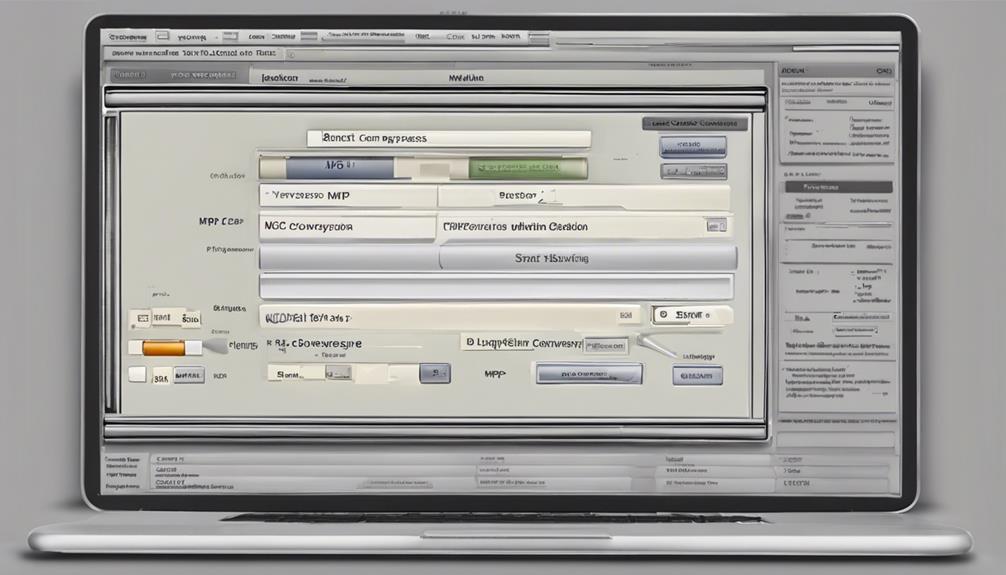
Let's get started on converting those NCM files to MP3.
First, choose the conversion software that suits your needs.
Then, select the NCM file you wish to convert and proceed with the conversion to MP3.
Choose Conversion Software
We can kick off the conversion process by selecting the appropriate conversion software for converting NCM files to MP3. Here are some popular tools to take into account:
- NCMDump: A desktop tool known for its efficiency in converting NCM files to MP3.
- NCMDump-GUI: Offers a user-friendly interface for bulk conversion of NCM files to MP3 format.
- High-Quality Output: NCMDump-GUI automatically converts NCM files to 320kbps MP3 for superior sound quality.
- Preservation of Metadata: These tools make sure that important metadata like title, artist, and album information are preserved during the conversion process.
Select NCM File
To initiate the conversion process, locate and select the NCM file stored on your device. Make sure the NCM file is easily accessible, and verify the file path and name to choose the correct one. It's important to check for any additional information or details related to the NCM file before proceeding further. Double-check the file to confirm accuracy before moving on with the conversion process. Below is a table to summarize the key steps for selecting the NCM file:
| Step | Action |
|---|---|
| 1 | Locate the NCM file on your device |
| 2 | Confirm file accessibility |
| 3 | Verify file path and name |
| 4 | Check for additional file details |
| 5 | Double-check file for accuracy |
Convert to MP3
Initiate the conversion process by clicking on the 'Convert to MP3' button located at the bottom of the screen.
- Choose the desired output folder location for the converted MP3 file.
- Guarantee a stable internet connection for a smooth and uninterrupted conversion process.
- Monitor the progress bar to track the status of the NCM to MP3 conversion.
- Check the settings to adjust any specific preferences for the MP3 output.
These steps guarantee a seamless shift from NCM to MP3, providing a hassle-free experience while maintaining the quality of your audio files.
Save MP3 File to Location
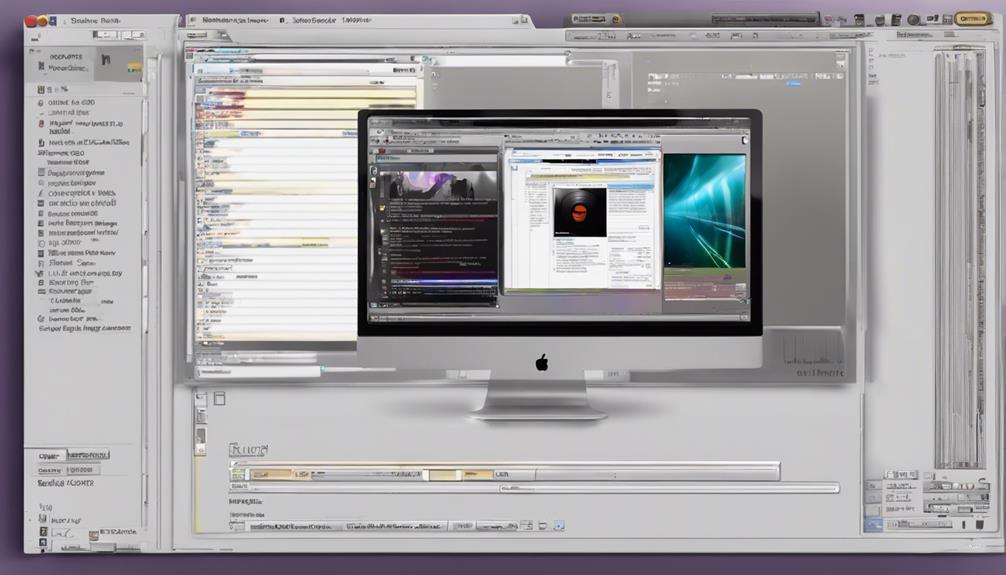
Selecting a suitable location on your device to store the converted MP3 file is important for efficient file management. When saving the MP3 file, opt for a specific folder that's vital to help you locate and access it swiftly in the future. It's essential to make sure that the chosen save location has sufficient storage space to accommodate the MP3 file without any issues.
Consider organizing your audio files by saving the MP3 in a dedicated music folder, enhancing overall file management. To further streamline your file organization, think about creating a new folder exclusively for storing converted MP3 files. This practice not only aids in keeping your files structured but also facilitates quick retrieval when needed.
Consider Bitrate and Compression
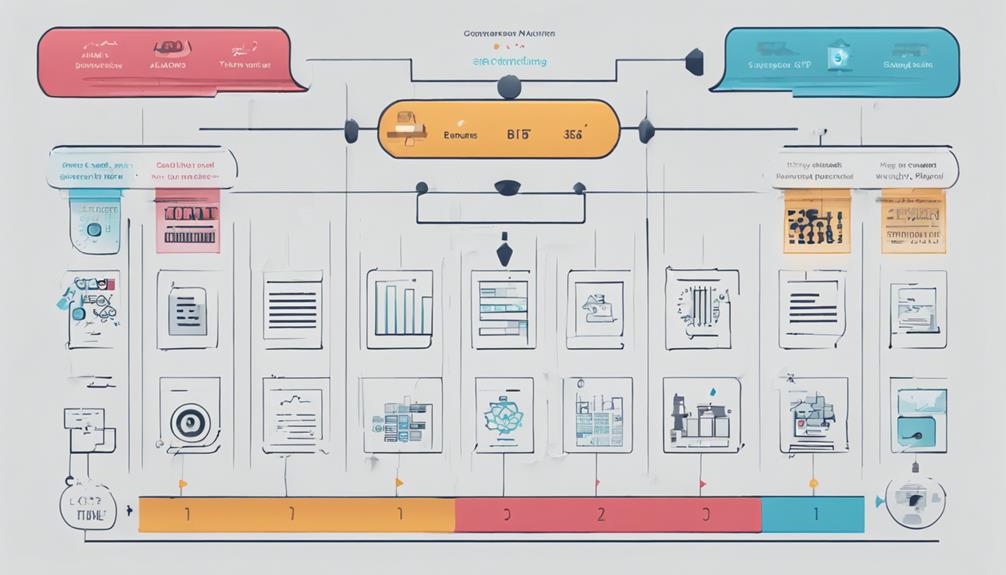
When determining the best bitrate for MP3 conversion, it's important to strike a balance between audio quality and storage efficiency. Here are some key points to take into account:
- Bitrate Quality: Higher bitrates result in better sound fidelity, offering a more immersive listening experience.
- Compression Impact: MP3 files use lossy compression, which reduces file size by removing certain audio data, affecting the overall quality.
- Balance Consideration: Finding the most suitable bitrate involves weighing the trade-off between audio quality and file size to meet your preferences.
- Informed Decisions: Understanding bitrate and compression empowers you to make informed choices during the NCM to MP3 conversion process.
Use NCMDump for Conversion
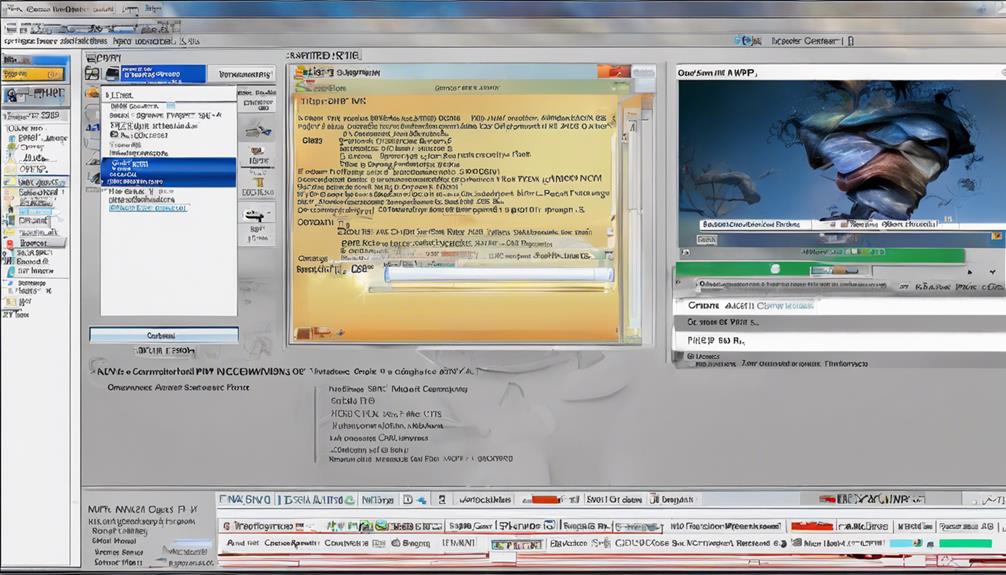
We utilize the NCMDump software for converting NCM files to MP3. Follow the provided conversion steps to guarantee a smooth process.
Make sure the resulting MP3 files are compatible with your desired playback devices.
Use NCMDUMP Software
To efficiently convert NCM files to MP3 format, consider utilizing the NCMDump software for a streamlined and effective conversion process. NCMDump offers various benefits for converting your files:
- NCMDump is a standalone program designed for bulk NCM to MP3 conversion.
- It adds metadata like title, artist, and album to the converted MP3 files.
- NCMDump-GUI provides a user-friendly interface for easy file conversion.
- The tools guarantee a smooth and efficient conversion process.
Follow Conversion Steps
Utilizing NCMDump for converting NCM files to MP3 format guarantees a seamless and efficient process. NCMDump is a powerful standalone program designed for bulk NCM to MP3 conversion, ensuring a smooth experience. It supplements metadata such as title, artist, and album information during the conversion, enriching your audio files. The user-friendly NCMDump-GUI offers an intuitive interface for easy conversion, catering to those who seek innovation. This tool automatically converts NCM files to high-quality 320kbps MP3 format, enhancing your listening experience. With both NCMDump options, you can trust in a reliable and efficient conversion process that meets your modern needs and desires for convenience.
| Feature | Description |
|---|---|
| Standalone Program | Efficiently converts bulk NCM files to MP3 format |
| Metadata Enhancement | Supplements metadata like title, artist, and album during conversion process |
| User-Friendly GUI | Intuitive interface for easy NCM to MP3 conversion |
| High-Quality Outputs | Automatically converts files to 320kbps MP3 format |
| Smooth Experience | Ensures a seamless and efficient conversion process |
Ensure MP3 Compatibility
Guaranteeing MP3 compatibility is effortlessly achieved through the use of NCMDump for file conversion.
- NCMDump is a standalone program designed specifically for converting NCM files to MP3 format.
- It guarantees compatibility with MP3 players and devices by converting NCM files to the widely supported MP3 format.
- NCMDump maintains audio quality during the conversion process for a seamless listening experience.
- The tool allows users to customize output settings like bitrate to achieve their desired MP3 quality.
Utilize NCMDump-GUI Tool
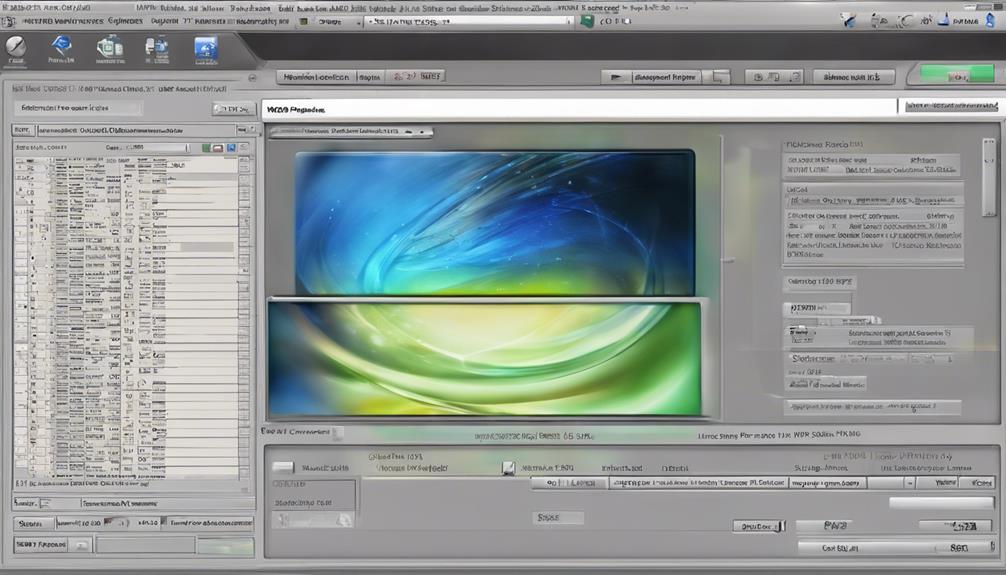
With NCMDump-GUI, users can effortlessly convert NCM files to MP3 format while preserving metadata such as song title, artist, and album information. This user-friendly tool offers a graphical interface for easy navigation and operation, ensuring a smooth and efficient conversion process. NCMDump-GUI automatically converts NCM files to 320kbps MP3 files, maintaining high audio quality throughout. To showcase the benefits of utilizing NCMDump-GUI, let's explore a comparison between NCM and MP3 formats in the table below:
| Feature | NCM Format |
|---|---|
| Audio Quality | Lossless |
| Compatibility | Limited to specific players |
| Metadata Support | Limited |
| File Size | Relatively large |
| Feature | MP3 Format |
| Audio Quality | Lossy |
| Compatibility | Widely supported |
| Metadata Support | Extensive |
| File Size | Smaller |
NCMDump-GUI stands out as a reliable solution for converting NCM files to MP3 with ease and efficiency.
Convert NCM to MP3 Online
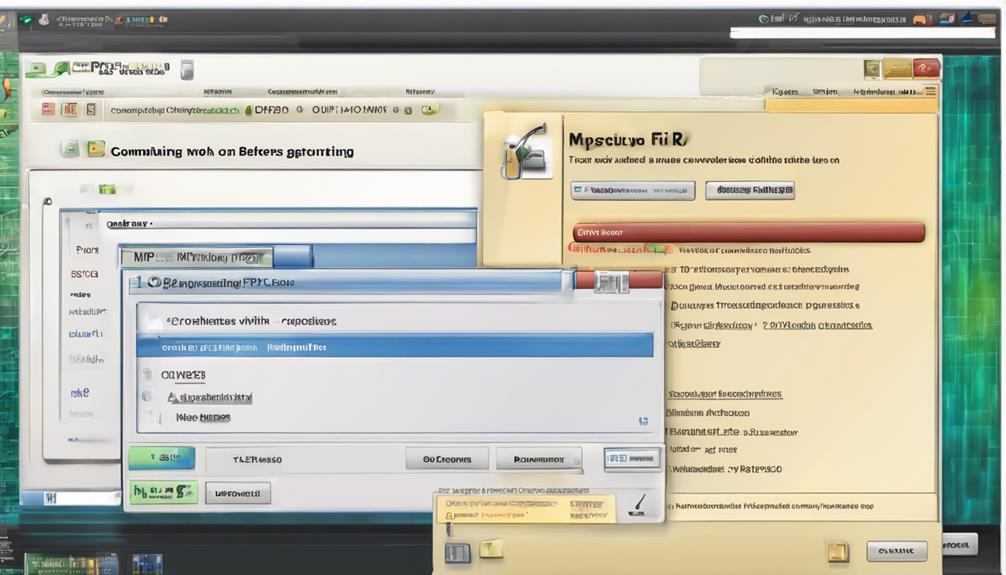
Let's explore how to convert NCM files to MP3 format using online tools. When converting NCM to MP3 online, consider the following:
- Online converters like magic-akari.github.io offer a user-friendly interface for a simplified conversion process.
- Websites such as mp3.aoleiao.com provide easy file uploading and conversion options specifically for NCM files.
- Be cautious when uploading multiple NCM files simultaneously, as it may lead to browser crashes on some online conversion platforms.
- Some websites, like ncm.worthsee.com and convert.freelrc.com, might impose restrictions on the number of files you can upload at once.
Optimize Audio Quality
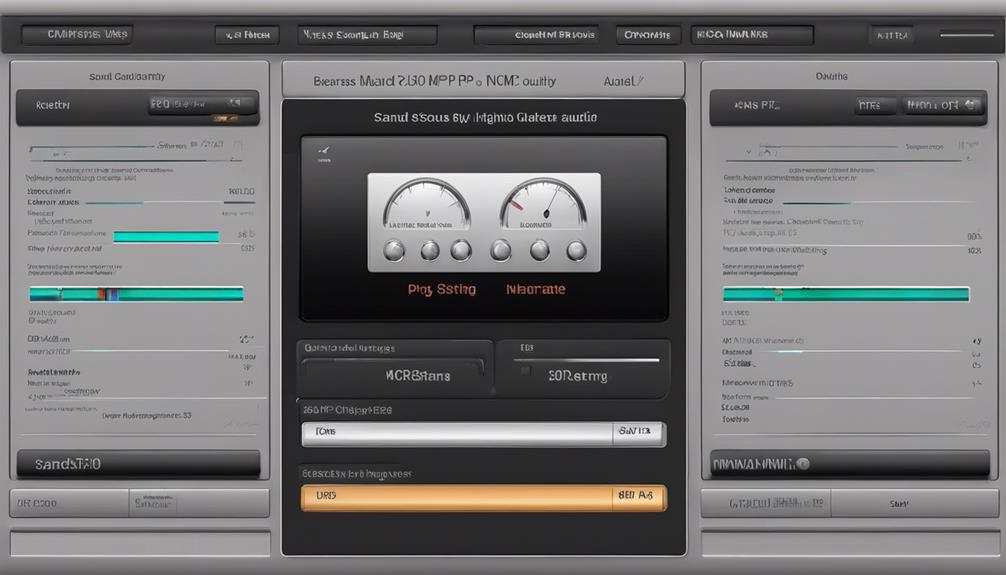
To enhance the audio quality of your converted MP3 files from NCM format, consider adjusting the bitrate settings for high-quality sound fidelity. By opting for a higher bitrate such as 320kbps, you can guarantee a superior listening experience with improved clarity and depth.
It's important to be mindful of the compression level during conversion, as it directly impacts the final sound quality of your MP3 files. Finding the right balance between file size and audio quality is key when selecting the MP3 settings, allowing you to tailor the output to your preferences.
If maintaining the original audio quality is your priority, consider using a lossless conversion method. Experimenting with different MP3 settings will help you discover the best configuration that suits your needs, striking the perfect balance between audio quality and file size.
Frequently Asked Questions
How to Easily Convert to Mp3?
To convert .ncm files to MP3 easily, we recommend using tools like NCMDump or online converters such as magic-akari.github.io. Batch processing 10-20 files at a time can prevent issues. Choose MP3 as the output format for a smooth conversion process.
Online converters offer convenience, but beware of browser crashes with multiple uploads. Stick to batch processing and select the desired output format for efficient conversion.
How Do I Convert Voice Recordings to Mp3?
Converting voice recordings to MP3 is simple. Choose a reliable online tool or software program, then select your voice recording file and opt for MP3 as the output format. Adjust quality settings like bitrate for your preferences.
Always respect copyrights. MP3 is widely compatible for different devices. Enjoy sharing and playback hassle-free.
How Do I Convert My Iphone Audio to Mp3?
When converting iPhone audio to MP3, we highly recommend a reliable third-party app for the task. This guarantees seamless transfer and compatibility across devices.
Pay attention to sound quality settings to preserve the audio's integrity. Opt for efficient tools to simplify the process.
Is Converting Youtube Videos to MP3 Legal?
Converting YouTube videos to MP3 without proper authorization isn't legal. It goes against YouTube's terms of service and copyright laws.
To guarantee compliance and respect creators' rights, it's best to use legal platforms or services for music. YouTube Premium offers a legitimate way for offline listening.
Conclusion
To sum up, converting NCM files to MP3 is a straightforward process that can be accomplished using various tools and methods.
By following the detailed guide provided, you can effortlessly convert your files and enjoy your music in MP3 format.
So why hesitate? Begin converting your NCM files to MP3 today and discover a world of possibilities for your music collection.

